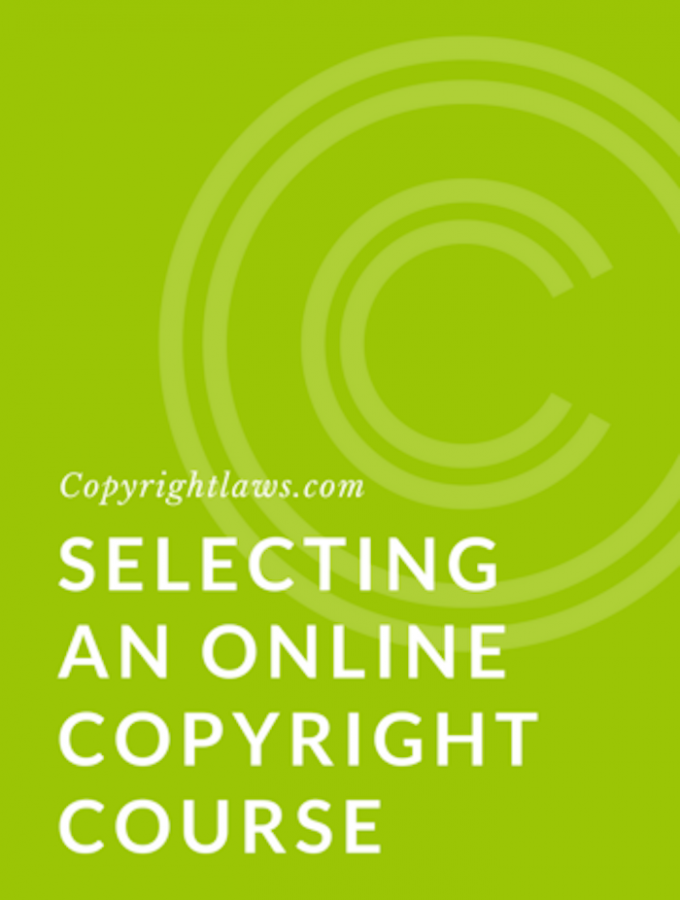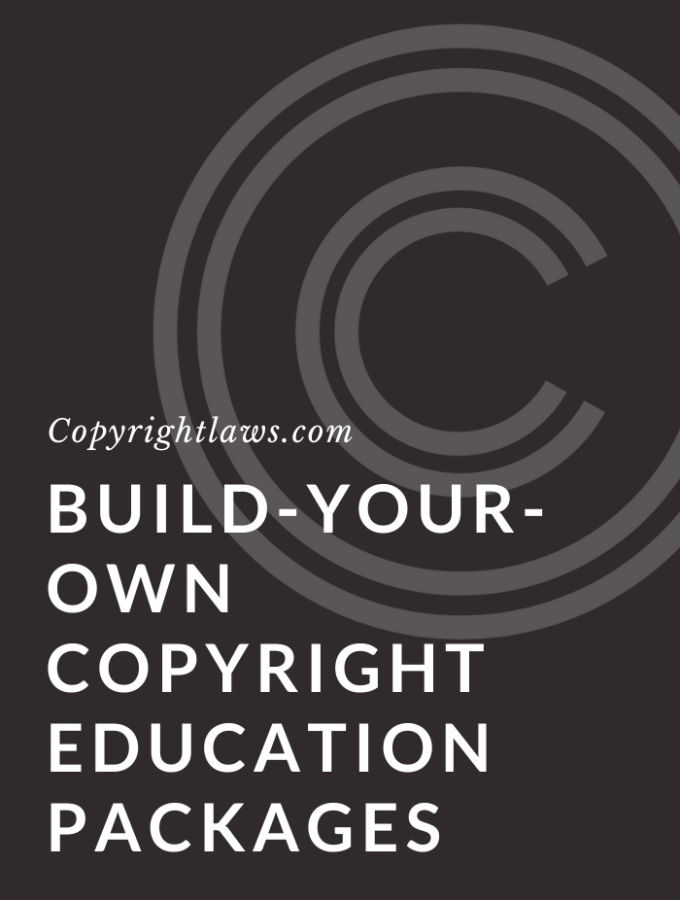One of the topics we’re often asked about is how to manage copyright when working in the field of education. While ultimately decisions will be heavily based on which country’s copyright laws apply, some high-level tips and tricks are applicable regardless of where you live and work. Please bear that in mind as you read through this post: it is deliberately meant to apply to as many people and situations as possible. Where we can, we have linked to some country-specific resources which might also be of use.
This post is part of our ongoing effort to add new content to the website. If you have a topic that you would like us to cover, please reach out!
Our Five Tips for Managing Copyright
- Be aware of internal copyright management processes: Depending on where you work, ownership of works you produce in the course of your employment duties will depend on both your organizational polices and your national copyright laws. Note any agreements you might have signed (upon employment or afterwards) that stipulate who owns the copyright in the works you produce during your work. If applicable, note whether moral rights have been addressed. If you have any questions about this, asking whoever manages copyright in your institution can be a great start.
- Take time to understand applicable exceptions: Most national copyright laws lay out exceptions for using of copyright-protected works without permission. While specific uses might be included in the language of these exceptions (e.g., research or education), often determining whether the exception applies to your particular use involves a two-step test. First, you have to confirm that your use is listed and then you must determine if the way in which you are using the work in question is fair (hence names like Fair Use or Fair Dealing). This aspect of exceptions is rarely defined and is therefore left up to interpretation. Often you can find guidance in case law (especially using handy tools like this one), but ultimately the decision to use an exception comes down to risk tolerance and institutional policies. Remember: If you choose to make use of a relevant exception, document every step of your decision!
- Always assume everything is copyright-protected: This is mentioned often in the articles on our website (for example, here, here and here), and for good reason. One of the most common mistakes that users make is to assume that works they find on the internet are free to use. As copyright is rarely an integral part of most education programs, the issue is persistent in educational institutions as well. If you’re a (or the) copyright specialist in your institution, offering education opportunities to your fellow employees and students on the basics of copyright can go a long way toward mitigating unintentional infringement. If the idea of creating a copyright education program seems intimidating or unattainable, our 21 Virtual Ways to Build Copyright Awareness in your Library or Organization course can help you get started.
- Understand that copyright infringement and plagiarism are two different things: An issue that is prevalent in education, especially higher education, is plagiarism. Teachers are always on the lookout for material that does not seem to have been written by the student who handed it in. As important as it is to catch plagiarists, from an academic integrity standpoint, this is a separate issue from copyright infringement (though the two issues can overlap). Plagiarism is usually dealt with internally, using methods determined by the institution or consortium to which the offending paper was submitted. Copyright, on the other hand, is governed by law, and an infringement case, even though it can be settled between the parties in question, usually requires a court of law to determine the outcome. While plagiarism could also constitute copyright infringement, depending on how much of a work has been reproduced, copyright protects many more uses than the faithful reproduction of a work.
- Get a handle on artificial intelligence (AI): It is common knowledge that AI, especially generative AI, has permeated much of society in recent years. While there are tools out there to help teachers determine if something has been written using AI (aside from their own ability to detect a completely different voice or tone in a paper by a familiar student), as these systems become more sophisticated, this task will only become more difficult. It is crucial, therefore, to put policies in place now that determine how generative AI can be detected and the repercussions for someone who is found to have passed work produced by a generative AI tool as their own. However, it is also important to keep current on news or court cases regarding copyright and generative AI and to modify any policies accordingly, as the law is still woefully behind in laying out the path ahead. If you’d like information about copyright and AI sent straight to your inbox monthly, check out our newest newsletter on this exact topic!
Bonus Tip: Stay educated. Whether it’s through one of our great courses or through other resources, keeping current on copyright laws, trends and decisions is key to feeling comfortable dealing with copyright in an academic setting. Not sure where to start? Our Demystifying series is a helpful jumping off point into the wonderful world of copyright.
Do you have more tips to share on managing copyright in an academic setting? Please reach out!



